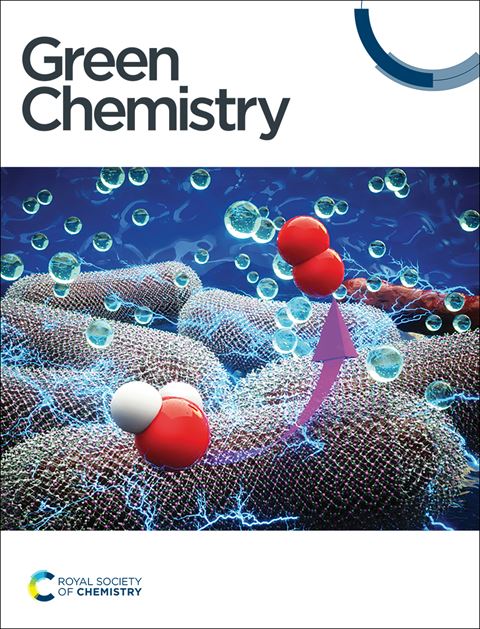Pickering multiphase materials using plant-based colloidal lignin nanoparticles
IF 9.3
1区 化学
Q1 CHEMISTRY, MULTIDISCIPLINARY
引用次数: 0
Abstract
A Pickering emulsion, stabilized by amphiphilic solid particles, is a highly functional and stable system that has attracted significant research interest. Lignin, an amphiphilic biomacromolecule found widely in nature, can be transformed into nanoparticles using modern nanotechnology with great potential for use in Pickering emulsions. Despite numerous studies exploring the function of colloidal lignin particles (CLPs) in producing Pickering emulsions, there are few systematic reviews on the state-of-the-art works related to CLP-stabilized Pickering emulsions. In this review, we summarize recent advances in synthesis processes, formation mechanisms, structural characteristics and surface properties of CLPs on the stability and functionality of Pickering emulsion systems. We also highlight advanced applications of CLP-stabilized Pickering emulsions at present and propose future development directions for improving their synthesis technology using lignin as a stabilizer to enhance their properties. Our hope is that this review will serve as a roadmap for scientists engaged in research on CLP-Pickering emulsions across different scientific fields to achieve optimal material performance goals.

求助全文
约1分钟内获得全文
求助全文
来源期刊

Green Chemistry
化学-化学综合
CiteScore
16.10
自引率
7.10%
发文量
677
审稿时长
1.4 months
期刊介绍:
Green Chemistry is a journal that provides a unique forum for the publication of innovative research on the development of alternative green and sustainable technologies. The scope of Green Chemistry is based on the definition proposed by Anastas and Warner (Green Chemistry: Theory and Practice, P T Anastas and J C Warner, Oxford University Press, Oxford, 1998), which defines green chemistry as the utilisation of a set of principles that reduces or eliminates the use or generation of hazardous substances in the design, manufacture and application of chemical products. Green Chemistry aims to reduce the environmental impact of the chemical enterprise by developing a technology base that is inherently non-toxic to living things and the environment. The journal welcomes submissions on all aspects of research relating to this endeavor and publishes original and significant cutting-edge research that is likely to be of wide general appeal. For a work to be published, it must present a significant advance in green chemistry, including a comparison with existing methods and a demonstration of advantages over those methods.
 求助内容:
求助内容: 应助结果提醒方式:
应助结果提醒方式:


